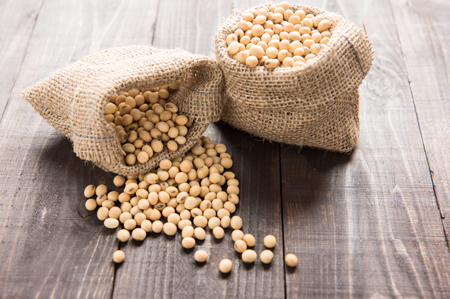Brazil Gears Up Infrastructure to Take Over US Soybean Market Share
Category: Oilseeds
 (Agrimoney) – Work is forging ahead on a series of projects to reroute Brazilian soybean exports through the Amazon, rather than travelling overland to southern ports, potentially slashing transport costs.
(Agrimoney) – Work is forging ahead on a series of projects to reroute Brazilian soybean exports through the Amazon, rather than travelling overland to southern ports, potentially slashing transport costs.
Most of Brazil’s soybean exports currently travel from the country’s row-crop belt by road, to ports in the developed south of the country.
But by moving the supply chain north, to be barged along the Amazon, transport costs could fall by nearly half, analyst Dr Michael Cordonnier said.
“With the United States pulling out of the Trans Pacific Partnership and threatening to undo the North American Free Trade Agreement, the Brazilian agricultural sector is anticipating a greater market share of the world’s agricultural exports,” Dr Cordonnier said.
Road improvements
Work is ongoing on the main highway out of Mato Grosso, the country’s top soybean growing state.
“On our recent visit to Mato Grosso, we actually drove on an honest-to-goodness freeway, something I thought I would never see in Mato Grosso,” Dr Cordonnier said.
And as well as improving the route south out of Mato Grosso, the road is being asphalted from the north of the state to the Amazon River.
“Hopefully, the project may be completed by the end of 2017.”
“Once completed, a huge amount of soybeans and corn in Mato Grosso will flow north to ports and barging operations on the Amazon River instead of to ports in southern Brazil.”
Rail, barge, and port development
The resurfacing of the northern part of the highway is part of an ongoing development of the so called “northern arc” of ports, based along the Amazon River and along the country’s northern coast.
“These half-dozen ports are being built and/or expanded to handle soybean and corn exports from central Brazil.”
As well as the road improvements, bidding is taking place on a railway project to take train to the Amazon.
There are also expansions of the Amazon barging infrastructure, to take carry grain to the northern arc ports.
“It will be years before all these projects are completed, but once up and running, the cost of transporting Brazilian grain to overseas markets could be reduced by as much as 40% making Brazilian products more competitive in world markets,” Dr Cordonnier said.




